An unconditioned, vented crawl space can create significant heating and cooling challenges for a home. Insulation can help prevent winter heat loss and higher costs. In humid climates, the vapor barrier on properly-installed insulation reduces the AC system’s work load in the summer. “Closed” and “Closed and Conditioned” crawl spaces are becoming more common, and are being addressed in the codes. It is important to understand how these systems, installed in high-humidity areas, affect the use of insulation. See the information in the “Humidity Control” component.
Always report missing crawl space insulation, regardless of the system in place. Inspect for inadequate levels of insulation, gaps on the walls or overhead sub-floor, unsecured and/or falling materials, and damage. Water stains or damage, whether wet or dry, must be noted.
Insulation is missing in the crawl space. This affects energy efficiency. Install insulation in accordance with local guidelines.
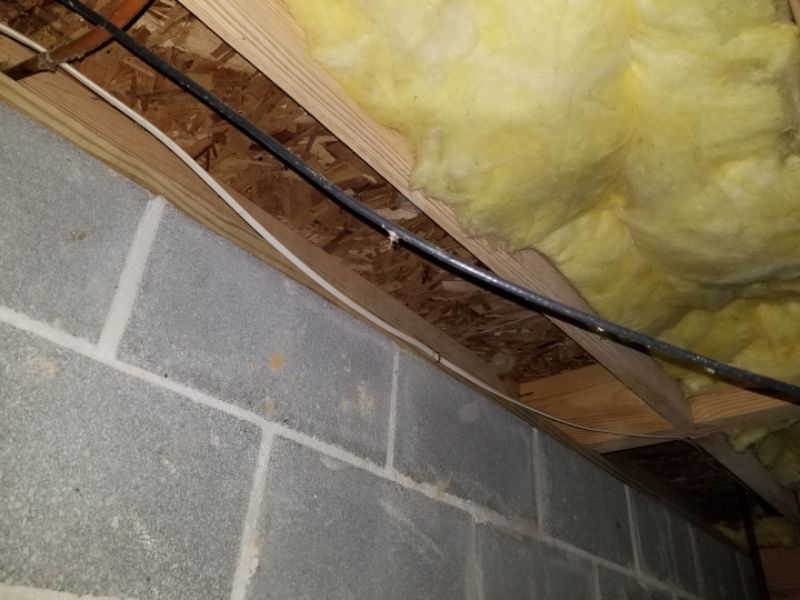
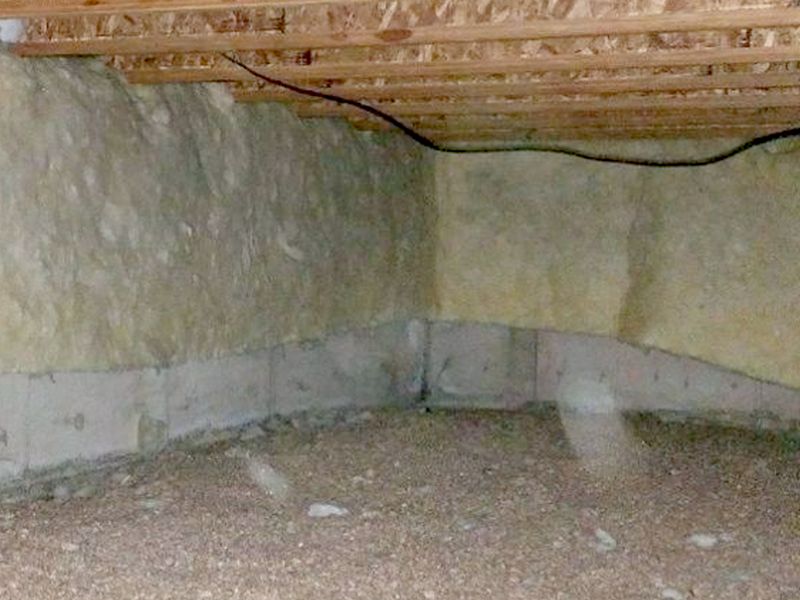
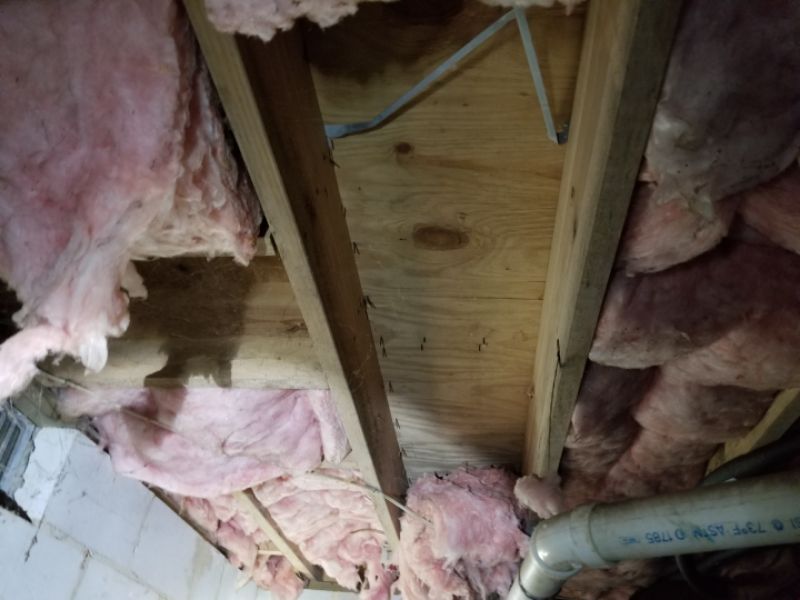
The overhead sub-floor inside the crawl space is not insulated. While this may have been acceptable when the house was constructed it affects energy efficiency. Install insulation in accordance with local guidelines.
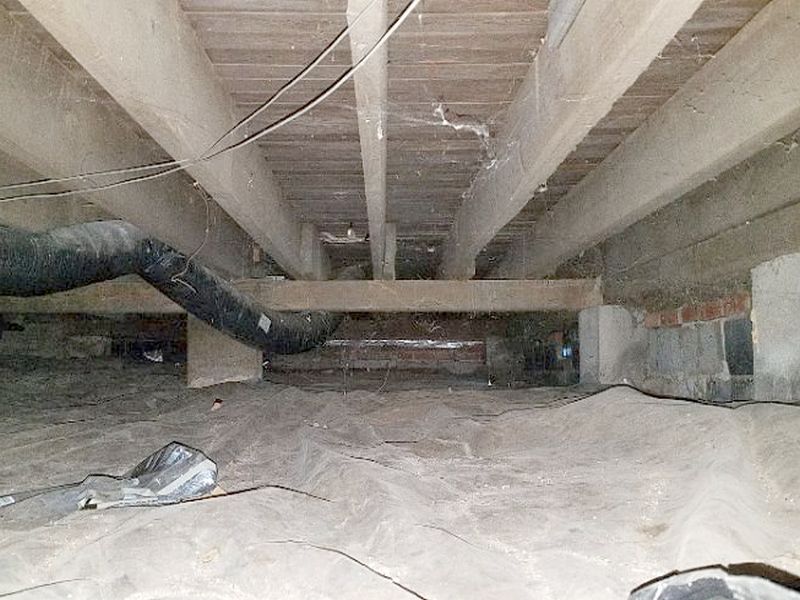
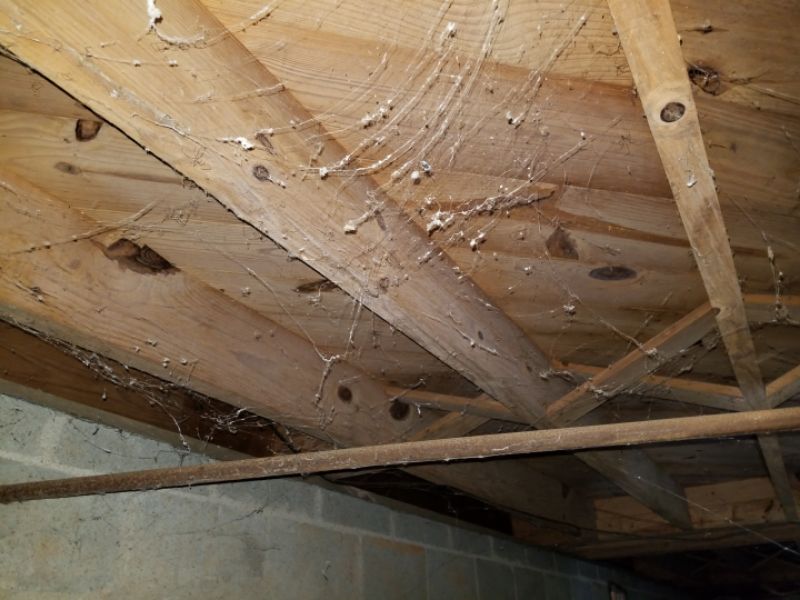
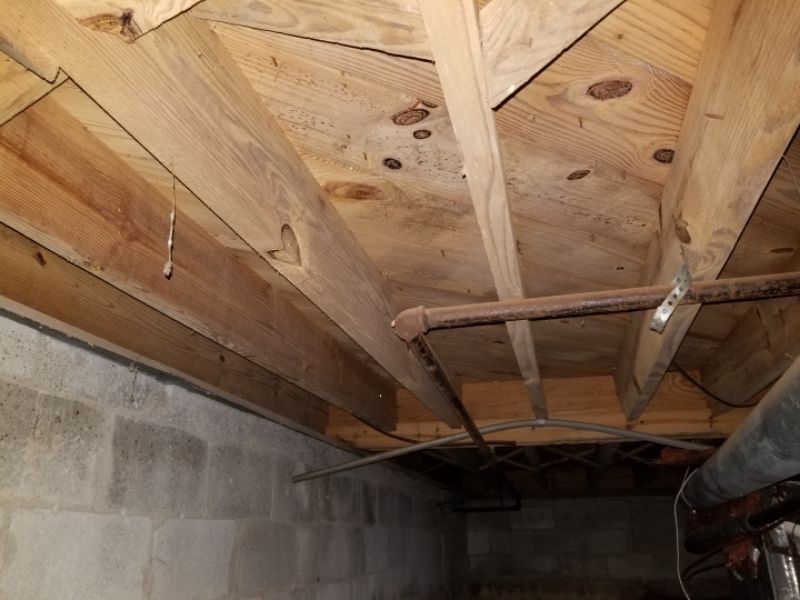
There is loose or falling insulation inside the crawl space. This affects energy efficiency. Install insulation in accordance with local guidelines.
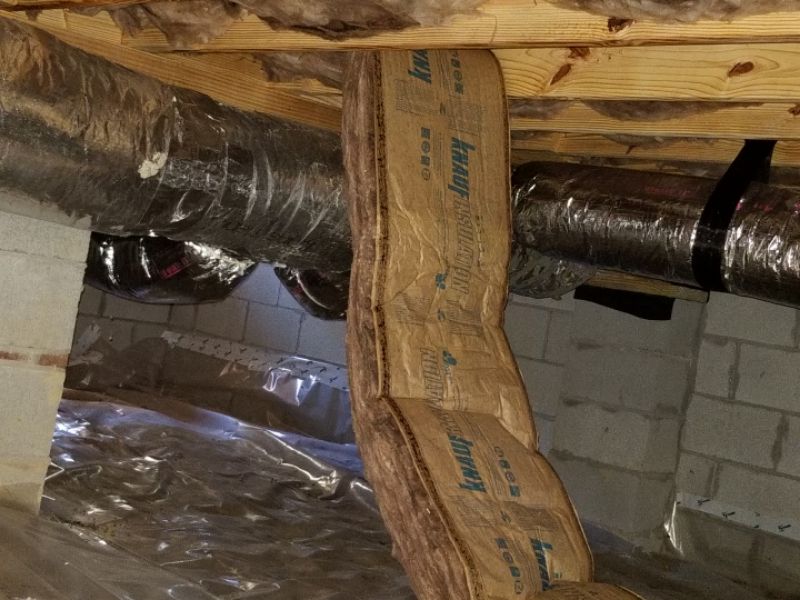
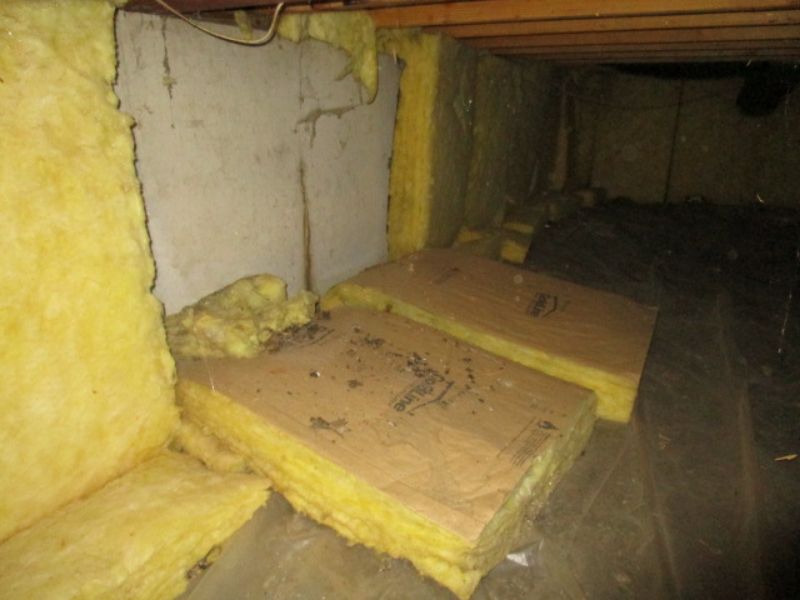
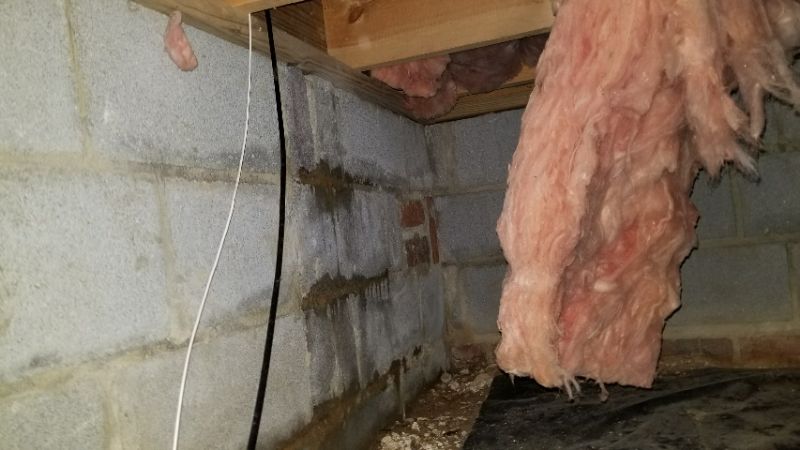
Insulation is damaged in the crawl space to an extent to which its effectiveness is compromised. This affects energy efficiency. Replace the insulation.
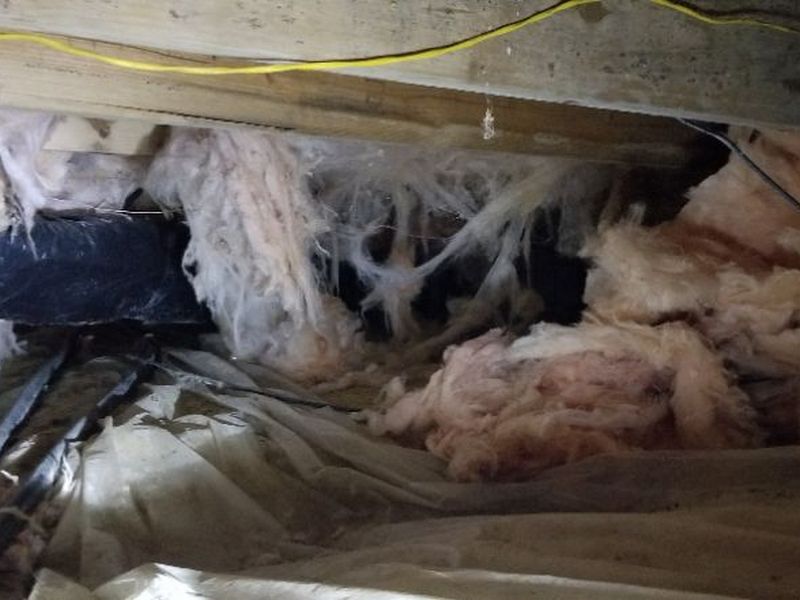
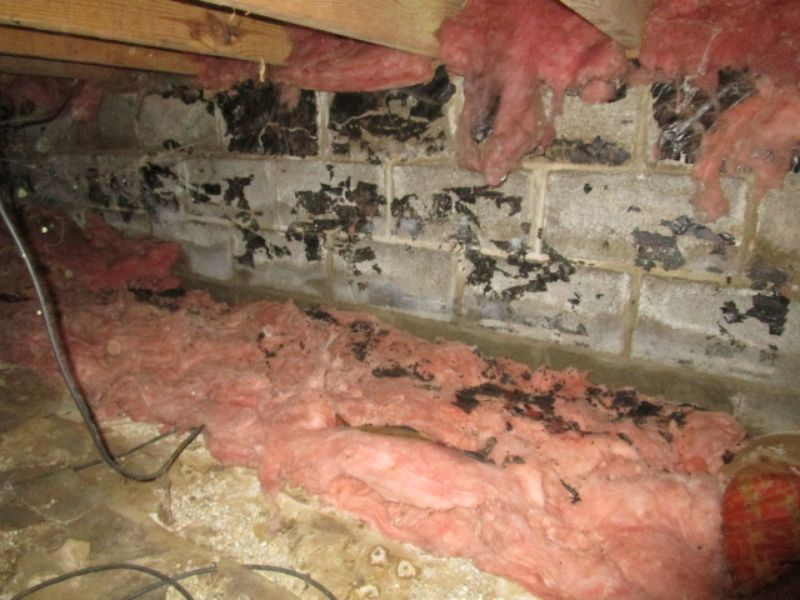
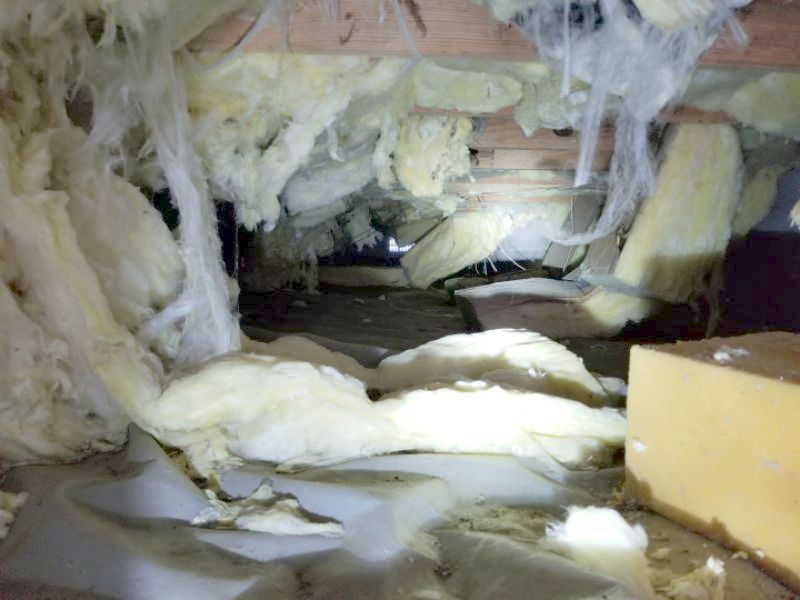
The level of crawl space insulation is considered inadequate by today’s standards. Install additional insulation in accordance with local guidelines.
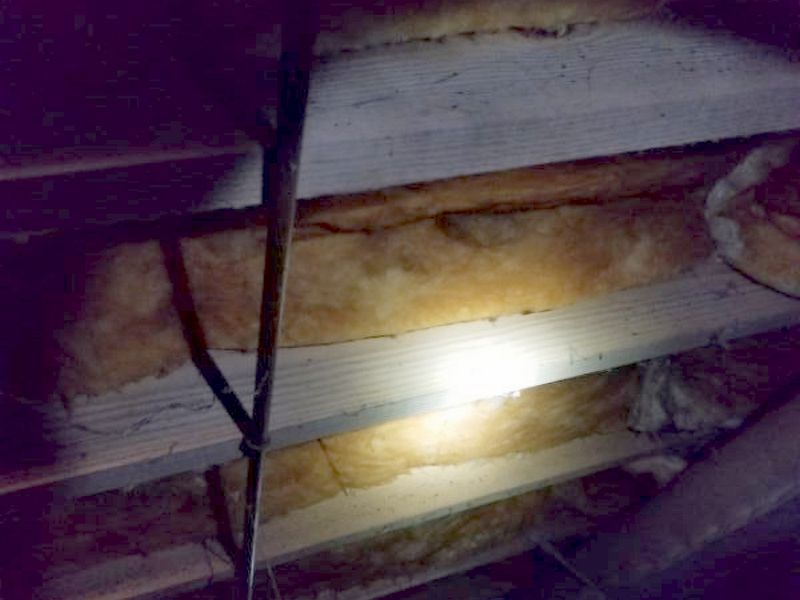
The crawl space insulation is installed with the vapor retarder on the wrong side. This can allow moisture to condense within the insulation, reducing its effectiveness and promoting mold/mildew growth. Reinstall or replace the insulation.
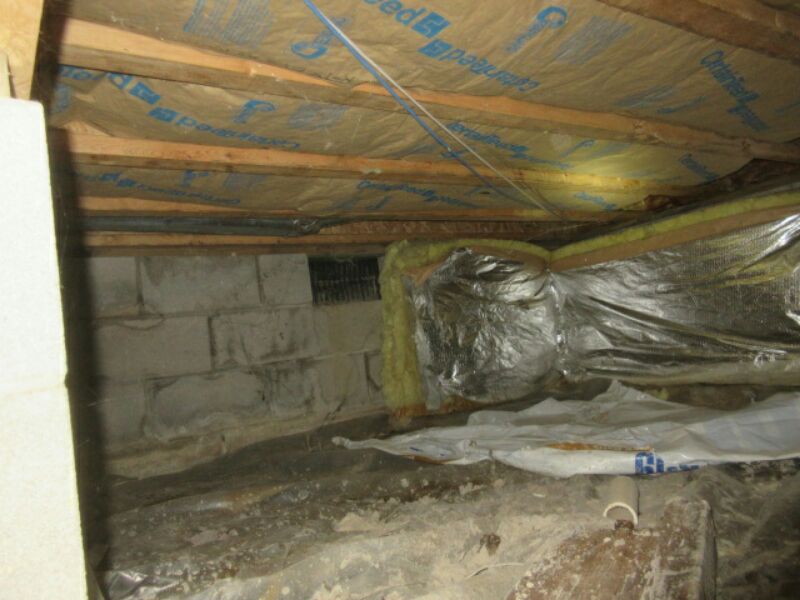
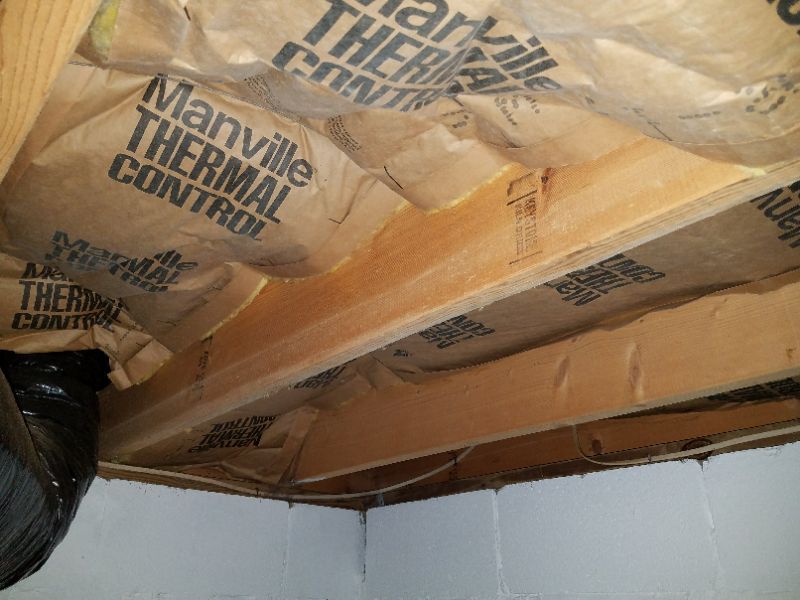
The exterior foundation wall insulation is installed in contact with the wall frame. This condition will encourage pest infestation, and may trap moisture against the wood members. Remove the insulation from the wall frame.
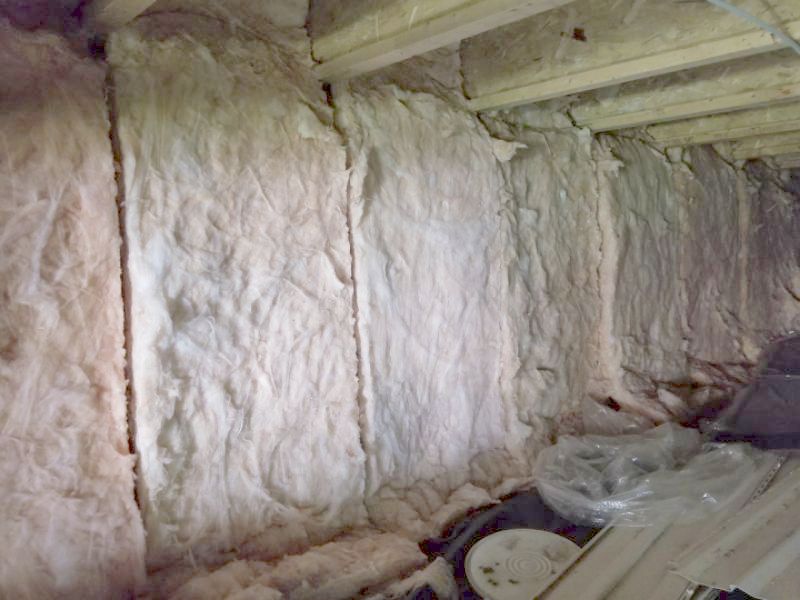
There are water stains on the crawl space insulation. The insulation is dry at the time of the inspection. Identify sources of moisture and mitigate any water penetration.
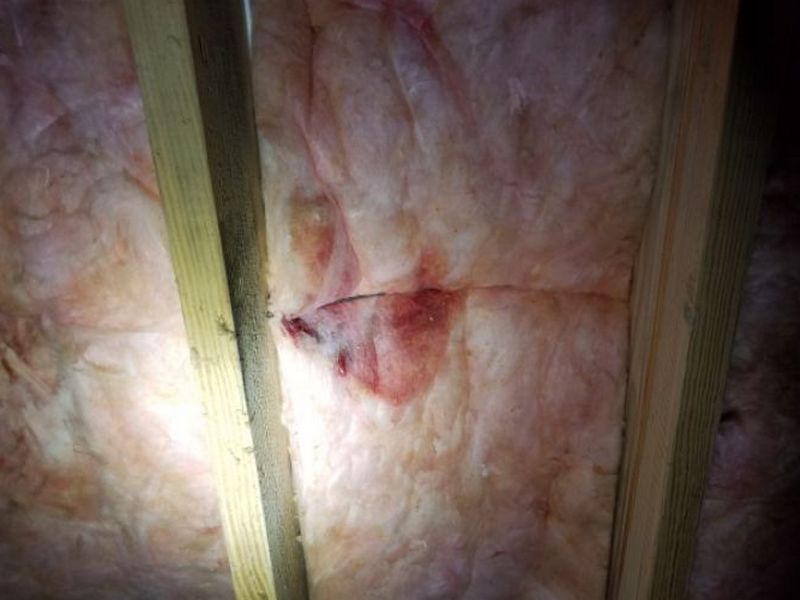
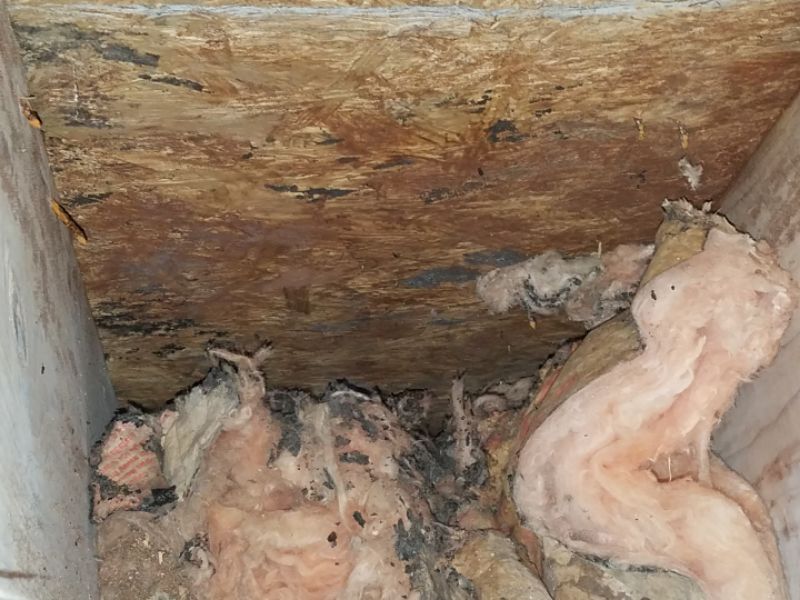
There are water stains on the crawl space insulation. The insulation is wet at the time of the inspection. The cause of the water must be identified. Identify sources of moisture and mitigate any water penetration. Replace the insulation as needed.

Loose cellulose is installed as a crawl space insulation. This is an inappropriate material. It does not allow for a vapor barrier in a vented crawl space, and is intolerant or moisture. Replace the insulation.

